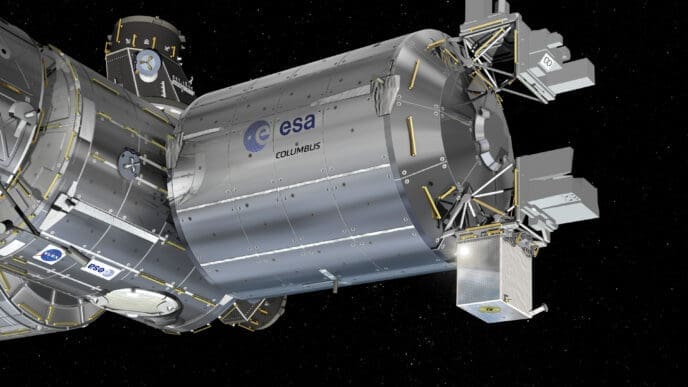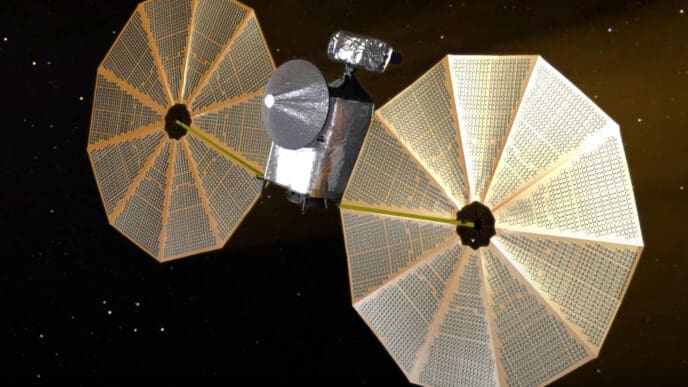Recent images from NASA’s Mars Reconnaissance Orbiter reveal the resting place of the retired InSight lander on the Martian surface, shedding light on ongoing research into dust accumulation on Mars.
Although NASA’s InSight lander is no longer operational, it continues contributing to Martian studies through recent images captured by the Mars Reconnaissance Orbiter’s HiRISE camera. These images, taken in late October 2024, provide researchers with data on how Martian dust accumulates and changes over time.
According to Ingrid Daubar, a member of the science team from Brown University, even in its silent state, InSight remains a valuable source of information about Mars. By observing the dust collection on the lander and how winds or dust devils move it around, we learn about the planet’s wind patterns and surface processes, she explained. This ongoing research helps deepen our understanding of the Martian atmosphere and surface conditions.
InSight, which stands for Interior Exploration using Seismic Investigations, Geodesy, and Heat Transport, landed in Elysium Planitia in November 2018, north of the Curiosity rover’s location. Its mission centered on examining Mars’ internal structure and geological processes to better understand the planet’s evolution over billions of years.
Over its four-year mission, InSight was equipped with advanced instruments for subsurface exploration, measuring seismic activity, surface temperatures, and movements. Notably, it was the first to detect ‘marsquakes,’ recording 1,319 tremors attributed to both seismic activity and meteor impacts. Thomas Zurbuchen, former associate administrator for NASA’s Science Mission Directorate, highlighted the significance of this data, stating that it provides key insights into Mars and rocky bodies like Earth.
The mission ended officially in December 2022 when dust obstructed the solar panels, halting power supply and communications with Earth. However, engineers monitored for radio signals in hopes that Martian winds might clear the panels and restore contact. Recently, NASA announced plans to cease these efforts by the end of the current year.
The latest images from MRO exhibit the red-brown dust on InSight’s solar panels, similar to the Martian surface hue. Scientists at NASA’s Jet Propulsion Laboratory analyzed these photos to measure dust accumulation. This knowledge is crucial for preparing future missions to Mars, as dust impacts will continue to challenge solar-powered explorations.
The InSight mission, though concluded, leaves a legacy of valuable scientific achievements that continue to inform our understanding of Mars’s atmospheric and geological dynamics. Ongoing analysis of the data it has provided will be instrumental in shaping future explorations of the Red Planet.
Source: Space












